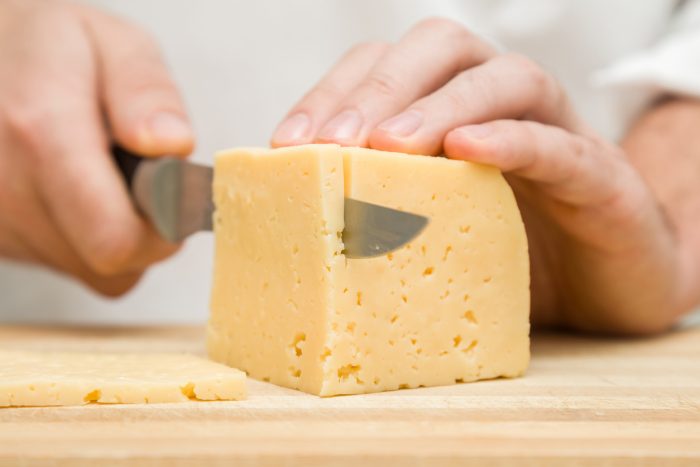Mold and cheese can be a very tricky thing to navigate. Especially since there are moldy cheeses that you can buy. So what about shredded cheese that has a bit of mold to it? Is it safe to eat? Let’s find out!
On paper, it makes a lot of sense: if molds are great with cheese, why not have any sort of cheese that forms mold? Ok, maybe it doesn’t make sense for everybody, but it’s just one of those weird things that I thought up in my mind with faulty logic. I’m not afraid to admit that I am wrong sometimes. Maybe even often. But I am very willing to learn and course-correct and that is my wish and hope for everybody else.
So, if we take already lovely blue & moldy cheese out of the equation, what should we do with all of the other cheeses? Well, the idea here is that there are many types of food mold out there, and not all of them are safe to eat or give your cheese a pleasant flavor. And they’re definitely not made in specialized caves.
Hard cheese is fine
The rule of thumb is this: when it comes to hard cheeses, it’s ok and perfectly safe to remove the mold-affected part (and about an inch or so around that), make sure there is nothing left that could hurt you and then you’re fine. The explanation is that mold has a visible part (the kind of creepy and fluffy and dark part you can see with your naked eye), but it also has an invisible part that can be spread to the other parts of the cheese. Because hard cheeses have a very dense texture, they are not affected by this. The mold is mostly where you see it.

Semi-hard cheeses are also fine to cut around the ‘infected’ part. So your block of Cheddar and Camembert can still be saved if you operate!
This means that the types of cheese which are affected are softer, spongier varieties and shredded cheese. So how do you deal with all that?
The lifespan of shredded cheese
Soft and shredded cheese is unfortunately affected by the invisible mold, that means that it’s lifespan isn’t visible to the naked eye. How long does it keep? Well, it lasts for about 5 to 7 days in the refrigerator and then it’s done. You can throw it out. So please don’t let it go bad and have it as soon as possible.
It’s not just shredded Cheddar that is affected by mold. It’s any softer type of cheese, like cottage, ricotta. It’s also any kind of cheese that can be crumbled or you buy it ready-sliced, like grated parmesan. That doesn’t keep for more than a week either. And you can’t remove just the moldy part either. You have to throw it out completely.
The good news is that you can use shredded cheese as a topping for so many oven-based dishes and casseroles. And it will melt on top of your food and then be just the right bit of crunchy and creamy.






